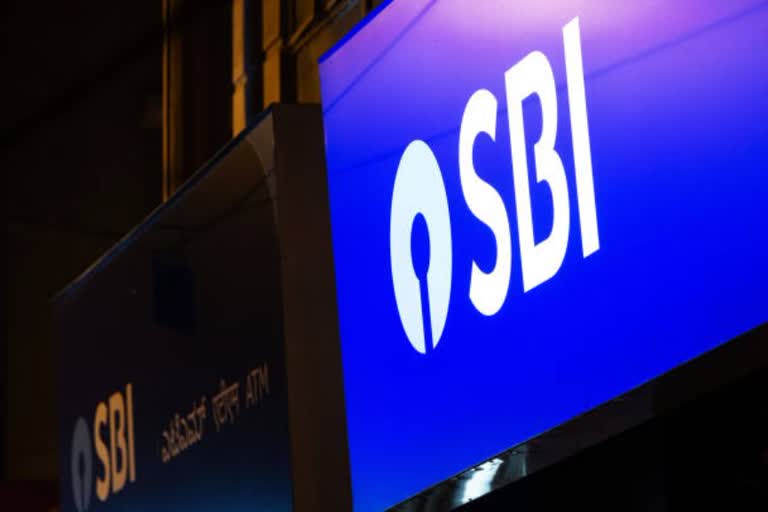New Delhi: The surprise resilience shown by the manufacturing sector that restricted GDP contraction to only 7.5 per cent in September quarter could be a result of massive purge in costs such as employee cost by corporates and businesses, which could turn a potential headwind in future, economists at SBI wrote on Saturday.
India's July-September (Q2 of 2020-21 fiscal) GDP growth showed surprising resilience with contraction of only 7.5 per cent in real terms, while the market consensus was higher, wrote Soumya Kanti Ghosh, Group Chief Economic Adviser, State Bank of India, in Ecowrap.
With improvement in manufacturing due to lifting of lockdown measures, GDP contraction has slowed down significantly. Agriculture sector continued to perform well with growth at 3.4 per cent. Services remained in the negative territory, although the decline was contained as trade, hotels, transport, communication and services related to broadcasting showed recovery.
"The most astonishing number is the positive growth in manufacturing Q2. Despite being the worst affected sector in Q1(due to lockdown), it is quite puzzling how manufacturing turned itself around," he wrote in the Ecowrap issue.
The IIP manufacturing and manufacturing GVA growth are highly correlated (almost more than 0.90) and this correlation collapsed in Q2 when IIP manufacturing declined by 6.7 per cent (average of July-September) while manufacturing GVA grew by 0.6 per cent.
"We believe one possible reason for this could be stellar corporate GVA numbers in Q2 on the back of massive purge in costs. Further, we observed small companies, with turnover of up to Rs 500 crore, are more aggressive in cutting cost, displaying reduction in employee cost by 10-12 per cent," Ecowrap said.
This, it said, could turn a potential headwind in future in terms of a drag on consumption. "Additionally, there is evidence of inventory buildup that could act as a drag on future manufacturing growth."
Read more:Retail inflation for industrial workers rises to 5.91 pc in Oct
Interestingly, government consumption expenditure has also nosedived in Q2, that is difficult to explain, as such expenditures are typically pro cyclical, Ecowrap said.
